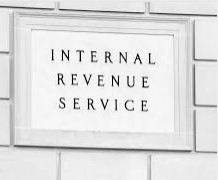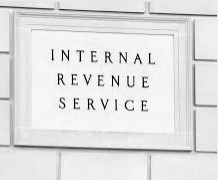
What Are Federal Tax Credits?
Tax season can be a daunting time, filled with forms, calculations, and the question: am I getting the most out of my tax return? One often overlooked benefit that can significantly impact your tax liability is tax credits. But how exactly do they work?
Think of a tax credit like a coupon for your taxes. Unlike deductions which reduce your taxable income, tax credits directly decrease the amount of tax you owe, dollar-for-dollar. This means a $1,000 credit reduces your tax bill by $1,000, making them a powerful tool for saving money.
Here’s a breakdown of how they work:
- Eligibility:
Each tax credit comes with specific requirements you need to meet to claim it. These typically involve income levels, qualifying expenses, or specific actions taken. - Claiming the Credit:
When filing your tax return, you identify the credits you’re eligible for and the amount you’re claiming. - Reducing Your Tax Bill:
The claimed credit directly reduces the taxes you owe. - Potential Refund:
If the credit amount exceeds your tax liability, some credits (refundable credits) can result in a tax refund, putting money back in your pocket.
Here are some examples of tax credits that are available to claim:
Written by Brian Coddington





























Recent Comments